We have jarred up this year’s first batch of honey (Spring 2020), which is now for sale. Collected and produced by our bees. This spring honey is still runny and floral. Although it will probably crystallise over time (as all naturally produced honey does), when it goes solid, we provide instructions on how to make it liquid again.
Local Bickington & Fremington Honey
£6.00
Due to the loss of our bees we will not be selling honey for the foreseeable future.
Produced by our bees in Bickington and harvested using craft skills and traditional methods. Our Honey is unadulterated, filtered and not heat treated, and therefore retains all its natural properties.
CLICK & COLLECT only. Buy online and schedule a time to pick-up.
Card payments only online. ![]() Find us here …….
Find us here …….
Out of stock
Description
Flavour
Our bees are located in our fields between Bickington and Fremington, just on the outside of Barnstaple, North Devon. They forage for nectar in the hedges lining the fields, local trees as well as local gardens. In our opinion, the honey shows the characteristics of a traditional English honey, smooth but floral with hints of fudge and citrus.Granulated Honey
All natural and unprocessed honey will crystallise over time. Depending on which flowers the bees have been visiting will depend on how quickly the honey granulates or goes solid. Processed liquid honey bought in the super market, is treated to stop granulation. This is often done through heating the honey. This process destroys the natural properties of the honey removing the benefits and altering the taste. At Chilcotts Farm our honey is Pure and Untreated. All we do is filter our honey after it has been extracted. The fact that honey crystallises and granulates, is the best evidence that you have a quality pure product. However, if you prefer liquid honey you can restore it to a liquid state by gently heating the honey. To do this:- Loosen the lid of the jar, and stand the honey jar in a bowl of hot water.
- Gently stir the honey until the honey becomes liquid again.
Find out More About Our Honey
If you want to know more about our Honey click here.Newsletter
Additional information
| Availability | Normally available in August or September |
|---|---|
| Allergy Advice | May help pollen allergies |
| Origin | Produced in Devon, United Kingdom |
| Ingredients | Pure Filtered Unadluterated Honey |

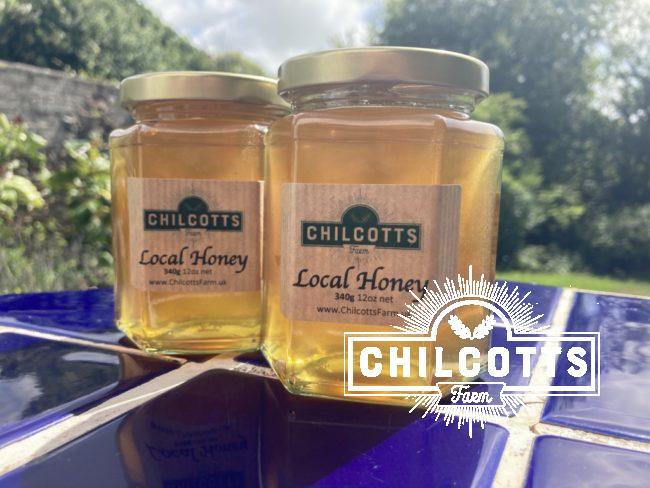

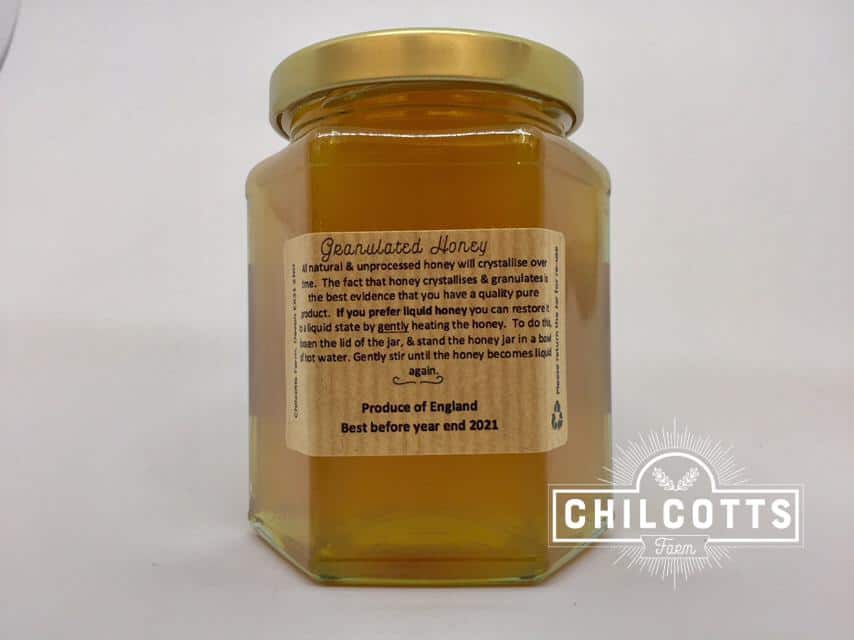

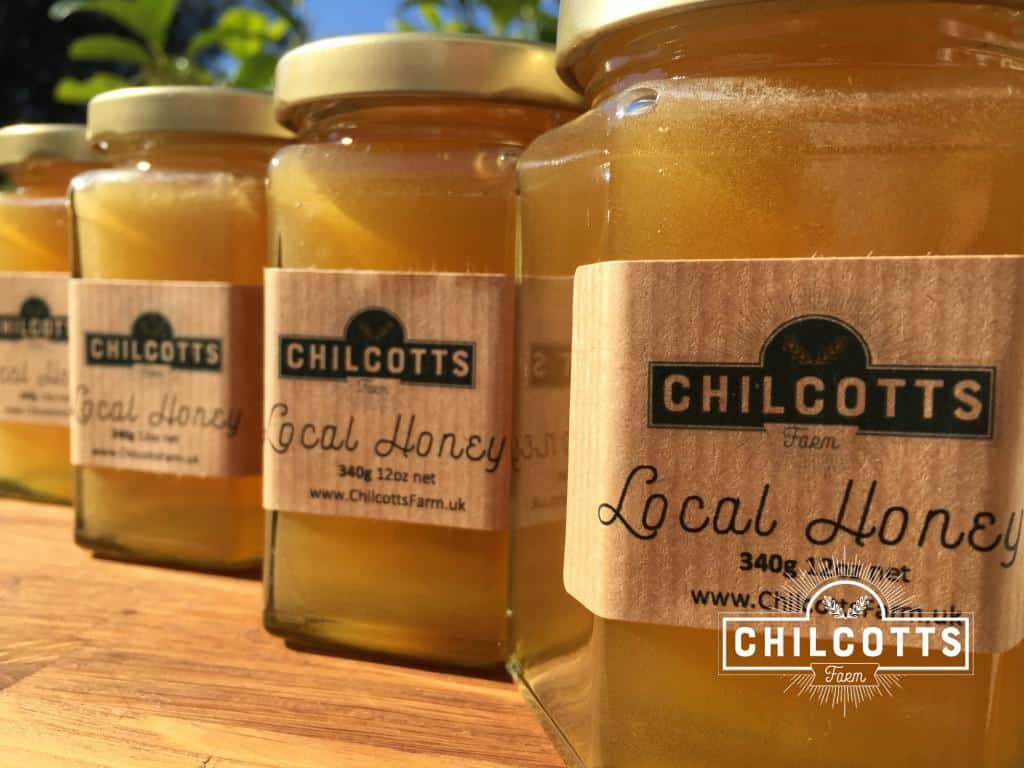
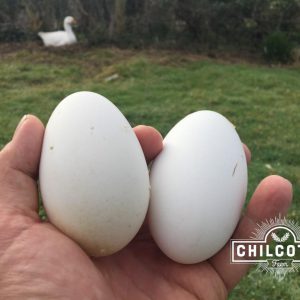
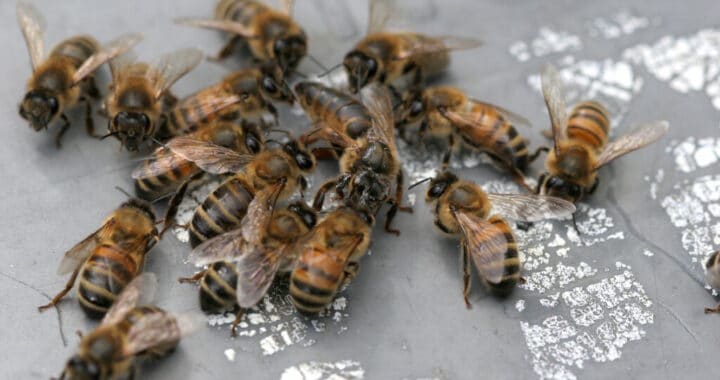
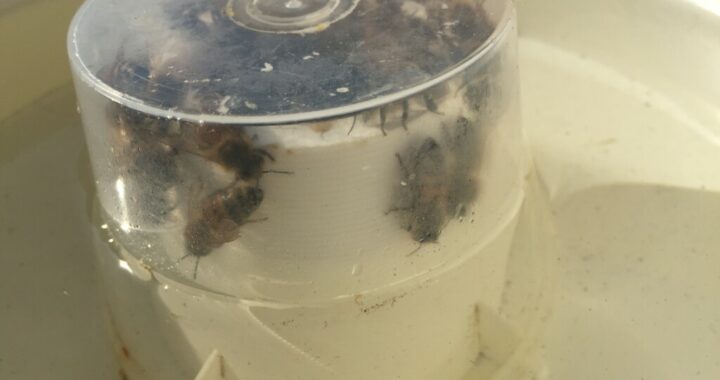
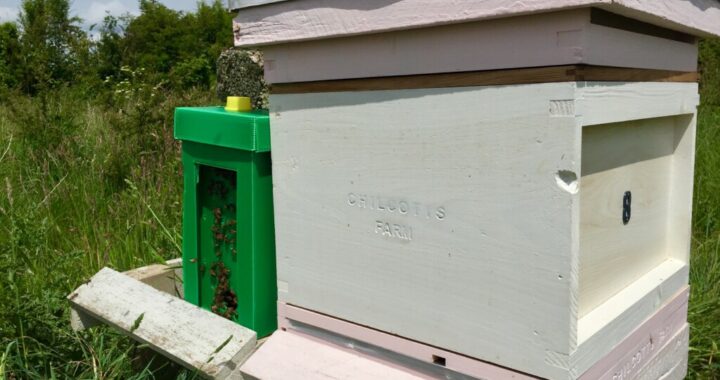
Reviews
There are no reviews yet.